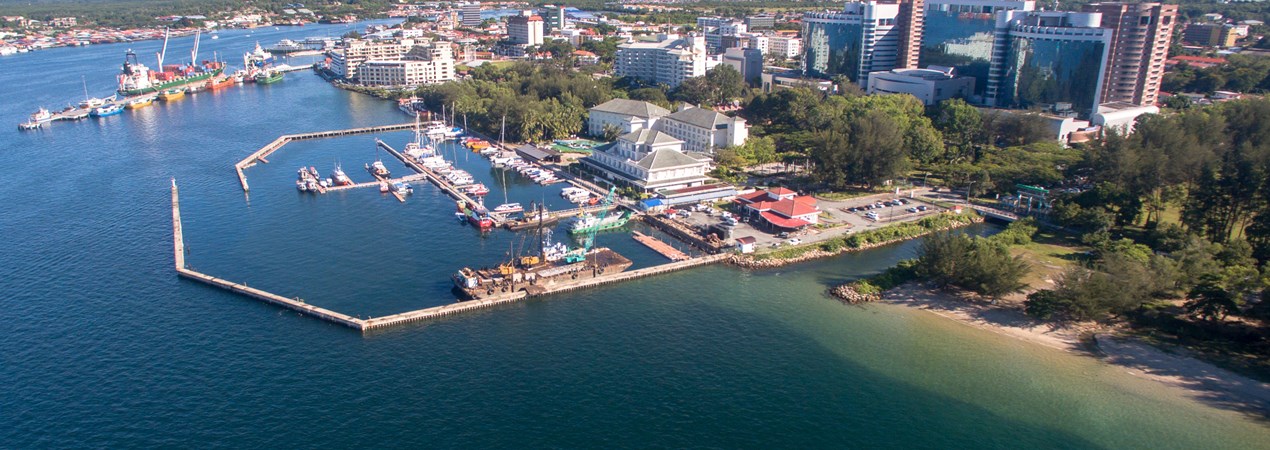Jurisdictions
- Bermuda
- Guernsey
- Bahamas
- Barbados
- Seychelles
- Liechtenstein
- Singapore
- British Virgin Islands
- Hong Kong
- Luxembourg
- Antigua
- Switzerland
- Cayman Islands
- Nevis
- New Zealand
- Belize
- Netherlands
- Ireland
- United Kingdom
- United Arab Emirates
- Mauritius
- Jersey
- Labuan
- Rwanda
- Gibraltar
- Marshall Islands
- Samoa
- Panama
- St Vincent & The Grenadines
- Austria
- Madeira
Industry Sectors
- Hedge Funds and Alternative Investments
- Citizenship and Residency
- International Tax Planning
- Islamic Finance
- Fintech
- Insurance/Reinsurance
- Investment Funds
- Trusts And Foundations
- Private Banking
- Wealth Management
- Philanthropy
- Offshore Securities Markets
- Sustainable Finance
- Family Offices
- Arbitration
- Regulation and Policy
- Comment
- Big Debate
- In the Chair
- Global Regulation & Policy
- Features
- Sector Research
- Jurisdictions
- British Virgin Islands
- Cayman Islands
- Belize
- Bahamas
- Guernsey
- Switzerland
- Bermuda
- Barbados
- Singapore
- Hong Kong
- Luxembourg
- Labuan
- Jersey
- United Arab Emirates
- Ireland
- New Zealand
- Netherlands
- Liechtenstein
- Mauritius
- Antigua
- Rwanda
- Austria
- Seychelles
- Anguilla
- Samoa
- Marshall Islands
- Gibraltar
- Nevis
- United Kingdom
- North America
- Canada
- Asia
- Africa
- Latin America
- Australasia
- Europe
- Industry Sectors
- Hedge Funds and Alternative Investments
- Citizenship and Residency
- International Tax Planning
- Islamic Finance
- Fintech
- Insurance/Reinsurance
- Investment Funds
- Trusts And Foundations
- Private Banking
- Wealth Management
- Philanthropy
- Offshore Securities Markets
- Sustainable Finance
- Family Offices
- Arbitration
- Regulation and Policy
Since its establishment over 30 years ago, Labuan has grown to become Asia’s innovative intermediation centre in a well-regulated environment with a wide array of products and solutions.
As part of this special report, Labuan IBFC highlights the current strengths of the jurisdiction's financial services industry and maps out its plans for 2023 and beyond.
We also talk to Nik Mohamed Din Nik Musa, Director-General of Labuan Financial Services Authority, who discusses the biggest regulatory achievements of the LFSA since its establishment 25 years ago; as well as its current strengths in subscribing, implementing and enforcing internationally accepted standards.
In addition, our comprehensive sector focus concentrates on Labuan IBFC's key industries. Labuan IBFC is Asia and MENA's fastest-growing risk and reinsurance wholesale intermediation market, boasting more than 220 licence holders, and makes for not only a wide but a deep marketplace for captives to thrive. Philip Teoh from Azmi & Associates considers the types of captive structures available, regulatory requirements and the common benefits and purposes of captive insurance.
With a complete suite of Islamic financial structures and solutions, we examine how Labuan aims to further promote Islamic finance in the region by focusing on sukuk, Islamic funds and waqf foundations, encouraging digital adoption within Islamic finance, as well as takaful captives and umbrella funds. Mohamad Nazran bin Basirun from Mohamed Ridza & Co discusses the growth of Islamic Finance in the region in more detail.
Labuan is the only jurisdiction in Asia that offers private foundations as a wealth management solution. Mari-Len Ngu from Pacific Trustees looks at the typical structure of a Labuan Foundation and explores its advantages in detail, including the Labuan Islamic Foundation.
Finally, Jonathan Lim from Zaid Ibrahim & Co (a member of ZICO Law) considers how Labuan IBFC is aiming to position itself as a renowned and modern international centre which would host digital financial innovations and become fit for digital businesses to serve Asia’s exponentially expanding FinTech needs.
Labuan IBFC
Asia's Premier International Financial Hub
Since its establishment more than 30 years ago, Labuan International Business and Financial Centre (Labuan IBFC) has developed to become an innovative and well-regulated centre for both global businesses looking at penetrating Asia and Asian entities aiming to go global.
With its wide array of structures and solutions, Labuan IBFC has welcomed over 17,000 registered companies and more than 880 licensed entities in the banking, leasing, capital markets, insurance, reinsurance, risk management, digital financial services and wealth management segments. This article highlights the current strengths of Labuan IBFC’s financial services industry and maps out the jurisdiction’s plans for 2023 and beyond.
Labuan IBFC is one of the fastest-growing captive domiciles in the world and its captive insurance business has witnessed continued development in 2022. As at Q2 2022, the Labuan insurance industry recorded total gross premiums of US$1.7 billion and is home to 229 insurance and insurance-related entities, including 63 captives.
Labuan IBFC: Well-Regulated And Robust
IFC Media interviews Mr. Nik Mohamed Din Nik Musa, Director-General of Labuan Financial Services Aut…

Labuan
Innovative And Agile
The tsunamic insurgence of digitalisation has indeed reconstructed the architecture of many economies. Southeast Asia (SEA) has been a key benefactor to such insurgence, especially during the COVID-19 global pandemic.
The concept of a digital economy, which in the past seemed a far reach, has now been weaved into the fabric of many national agendas. The utilisation of technology to reach the underserved segments of community has never been so encouraged. Perhaps it is true that innovation is the only way to thrive.
With a population of close to 700 million, SEA is indeed an attractive market. Whilst the headcount seems promising, the certainty and assurance of a scalable roll out often premises on the maturity of the regulatory landscape of a particular jurisdiction.
Labuan: The Development Of Islamic Finance
The post-pandemic environment witnessed an acceleration in Islamic finance growth in Labuan. The Lab…





